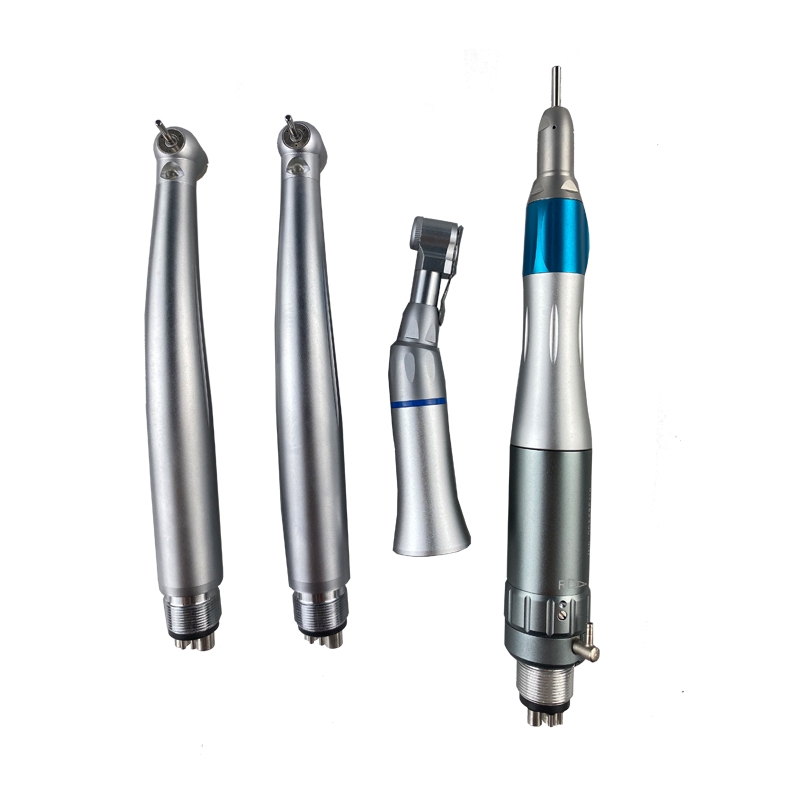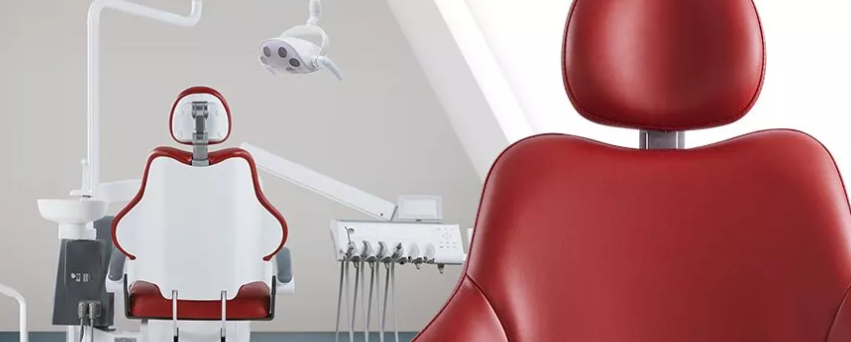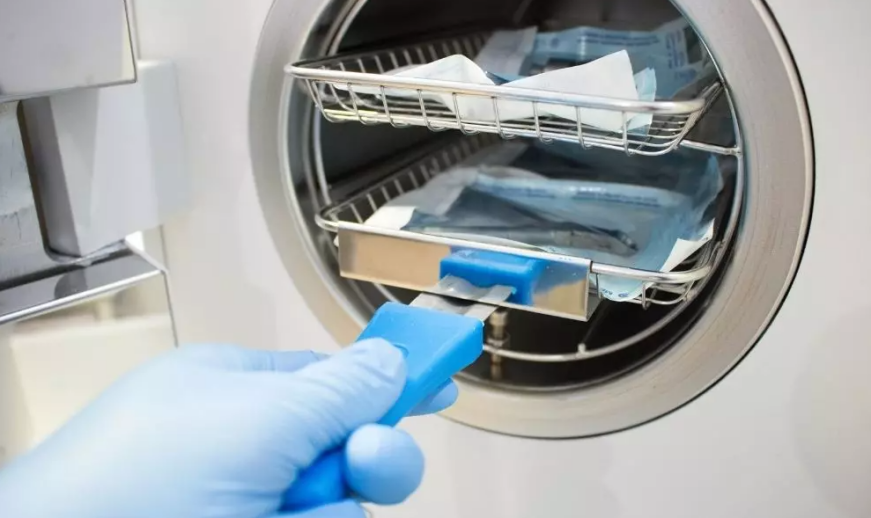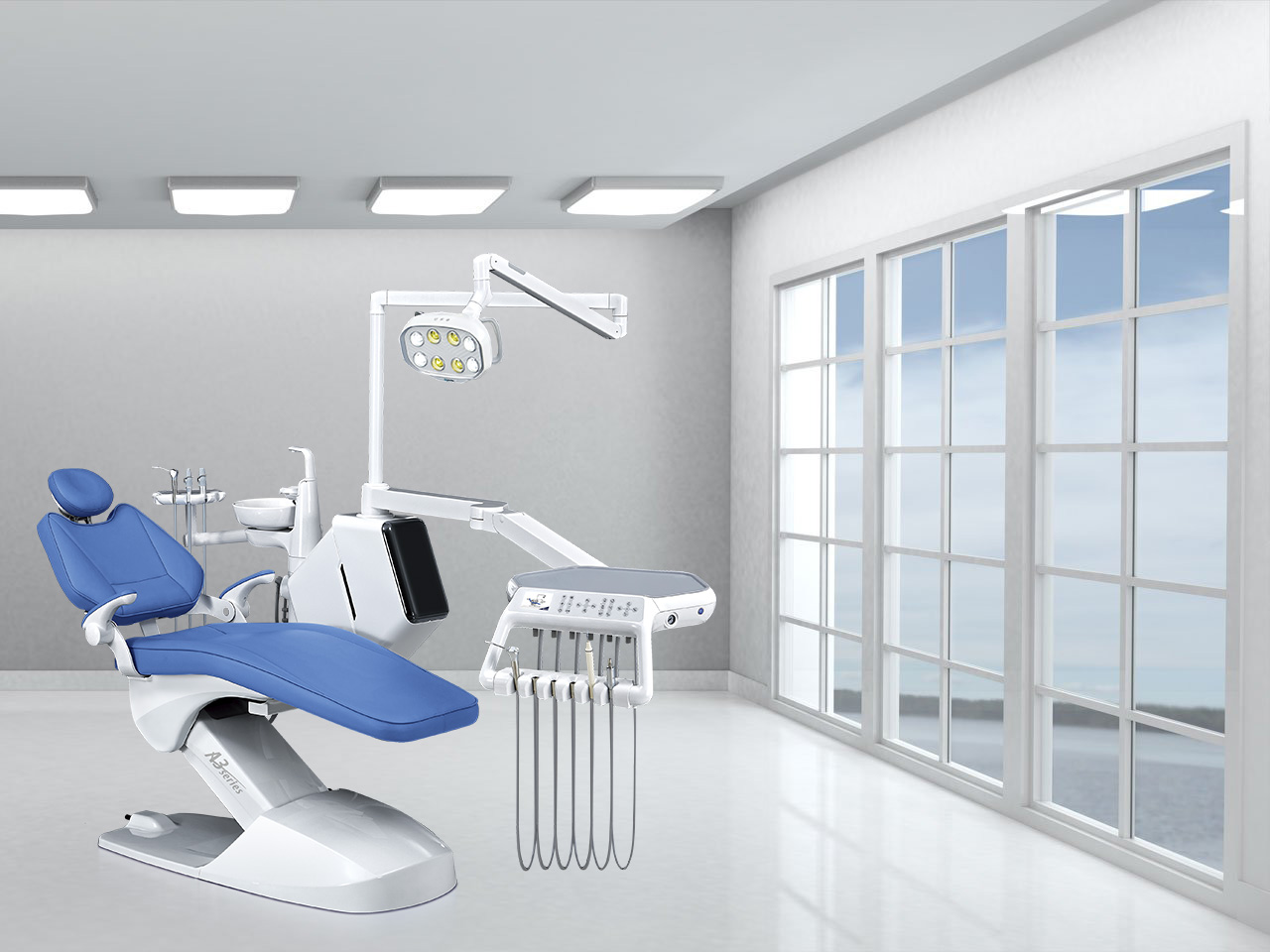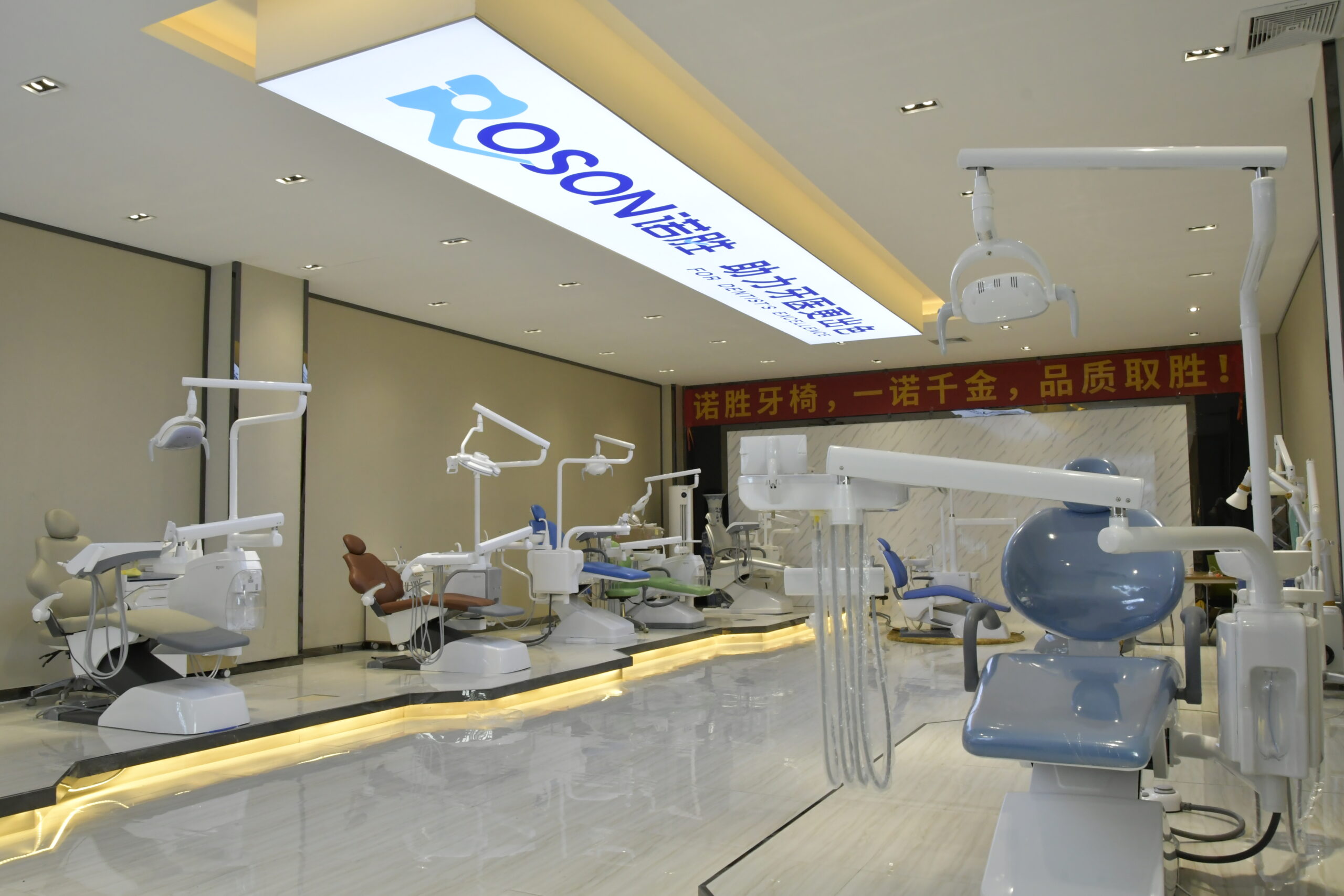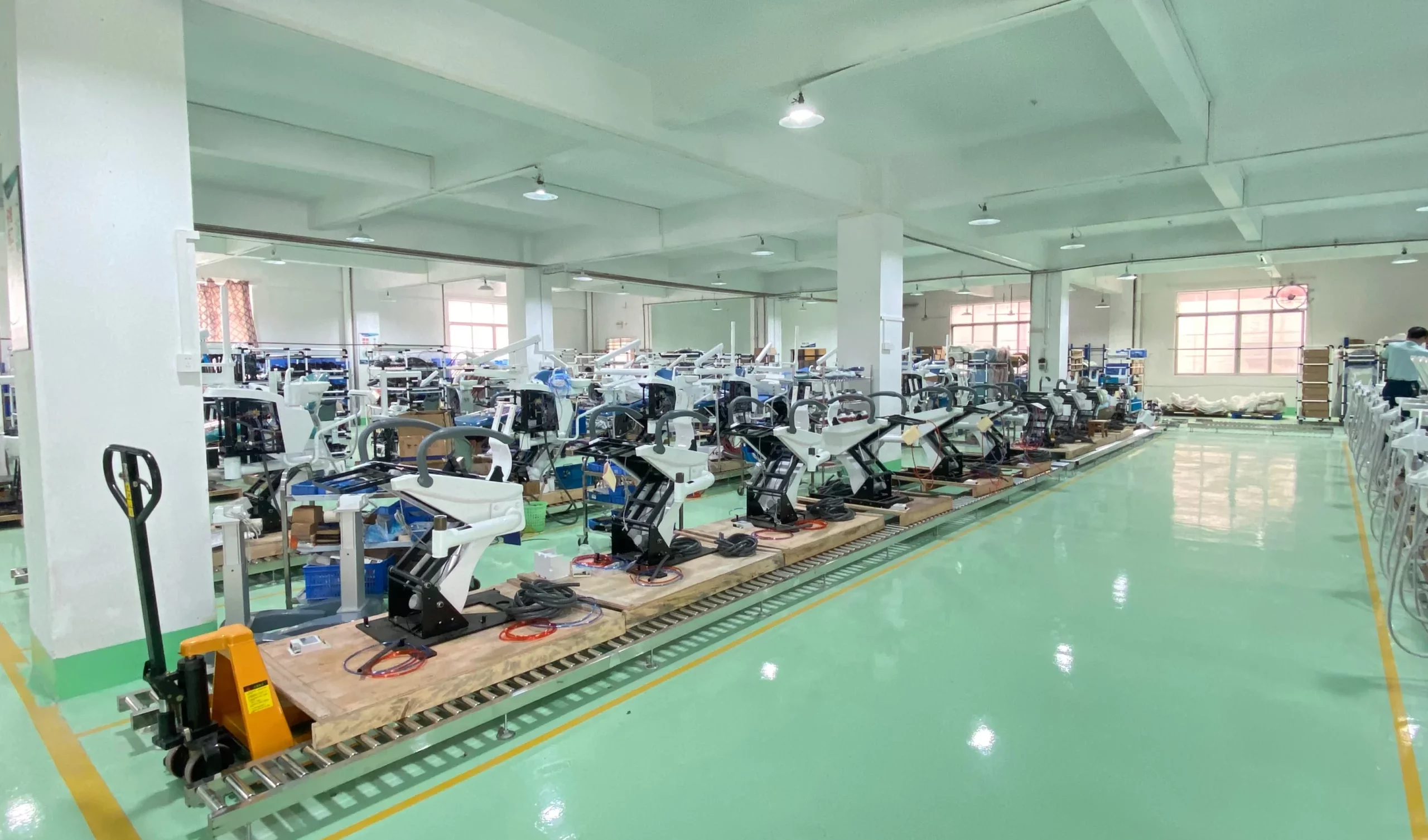What Is The Dental X-Ray Machine?
Dental X-ray machines are used to take images of the teeth and surrounding bone structures, which can be used for diagnostic purposes. X-rays are a form of radiation, which means that they can penetrate materials and reveal images of the inside of objects. With dental X-rays, we can see the density and structure of the teeth, as well as any abnormalities in the mouth or other parts of the body.
X-rays are useful for diagnosing problems like tooth decay or infections, but they can also be used in more advanced procedures like orthodontics and oral surgery.
How do dental x-rays work?
X-rays are produced by accelerating electrons through a vacuum or gas. The electrons collide with the atoms in the object being imaged, scatter off them, and produce photons. The photons pass through the object, travel through the air (if there’s no protective lead shield), hit the detector screen, and produce an image on it.
What is radiography? How does it differ from fluoroscopy?
Radiography is the science of producing images using ionizing radiation such as x-rays while fluoroscopy uses nonionizing electromagnetic radiation such as light or sound to make an image (like an ultrasound).
Radiography can be used to produce images of bones, teeth, and other hard tissues. Fluoroscopy is used to make an image of soft tissue such as the gastrointestinal tract or blood vessels.
What Dental X-Ray Machines Are Needed For A More Mature Digital Imaging System?
As the population ages, dentists need to make sure that their dental imaging systems are able to handle the changes in the patient’s anatomy. The most obvious change is the loss of teeth, which can lead to a much more complex treatment plan.
To provide this level of care, dentists need high-quality dental x-ray machines that can deliver the images needed for a more mature digital imaging system.
A digital imaging system is a computer-based system that allows dentists to capture images of their patient’s teeth and then manipulate those images to create the best treatment plan possible.
The ability to manipulate these images gives the dentist more control over what happens inside the mouth, especially for older patients who may need more complex procedures.
In simple terms, a digital imaging system requires dental x-ray machines and the appropriate digital sensor for the dental x-ray machine to work together. This is different from the traditional film imaging method and has a better imaging effect. The following briefly introduces these dental X-ray machines:
X-ray camera machine:
This is an essential part of the imaging system, which generates X-rays, such as the general DC high voltage generator, high-frequency generator, and so on. The general DC high-voltage generator is mainly used in small hospitals or private clinics; high-frequency generators are more widely used in large hospitals or dental universities for research purposes; some large hospitals also use them for clinical applications.
Dental X-ray digital sensor:
A digital sensor converts photons into electrical signals to form images on displays or hard drives through a series of processes such as amplification, demodulation, and digitization. It can be used with a variety of detectors such as scintillators (cathode fluorescent screens) and PMTs (photomultiplier tubes).
How Do The Dental X-Ray Machines Work To Make Clear Pictures?
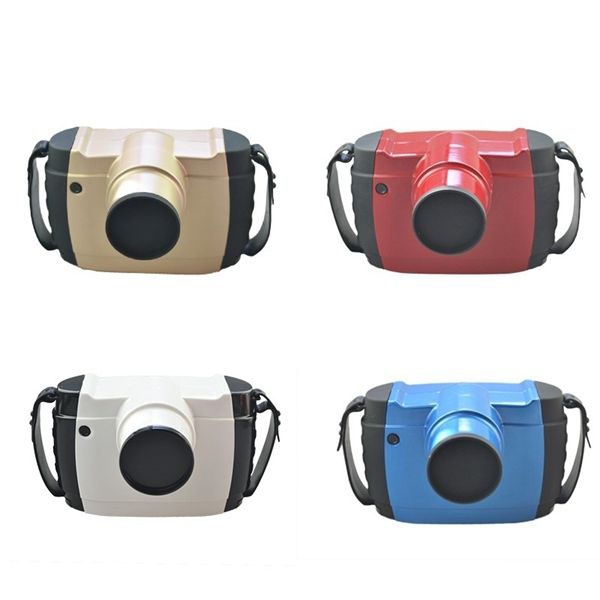
Take Roson’s X-ray machine and X-ray machine digital sensor as an example, they can be used together to provide better help for dentists. With these two devices, the traditional imaging method of film imaging can be replaced.
Here is a brief introduction to how they work:
Step 1:
To use these devices, you need to plug the digital sensor’s USB port into your computer. The probe ends of the X-ray machines are then placed in the patient’s mouth, and aimed at the teeth to be photographed. Its adjustment handle is very flexible and easy to operate.
Step 2:
The exposure time of X-ray machines is 0.5-9s (0.05-1.2s), and the focus point is 0.3MM. They can visualize dental membranes in daylight, eliminating the need for darkroom procedures. Then, after exposure in a portable x-ray machine, a sensor takes the x-rays and converts them into images that are displayed on a computer.
The sensor has a high degree of detail recognition and is suitable for dental X-ray sensor machines with low X-ray doses. Its actual resolution can reach 16~20p/mm, with high-resolution images with the highest gray value. More suitable for early diagnosis of the smallest defects or internal crown infections.
Step 3:
At this time, you can view the images of the patient’s intraoral situation in real-time. This is conducive to making a diagnosis for the patient as soon as possible and improving the efficiency of medical treatment.
What Can These Dental X-Ray Machines Do For You?
Dental X-ray machines are used to take pictures of the inside of a patient’s mouth. The pictures can be used to diagnose dental problems, as well as determine the severity of certain conditions.
Combining dental X-ray machines and sensors can get clearer and more effective images faster. Here are the advantages of these devices:
Speed:
Dental sensors can help speed up the process of taking X-rays by sending data from one machine to another. This means that an X-ray image can be sent from one device to another in seconds rather than minutes or hours.
This makes it easier for dentists and hygienists to take multiple images at once without having to wait on each one individually.
High-quality imaging:
Dental x-rays allow dentists to detect problems in hard-to-reach areas such as under molars and behind fillings. They also help dentists identify any tumors or cysts that have developed on the gum tissue or bone.
So if you want to experience a better digital imaging system, Roson’s dental X-ray machines are for you!


